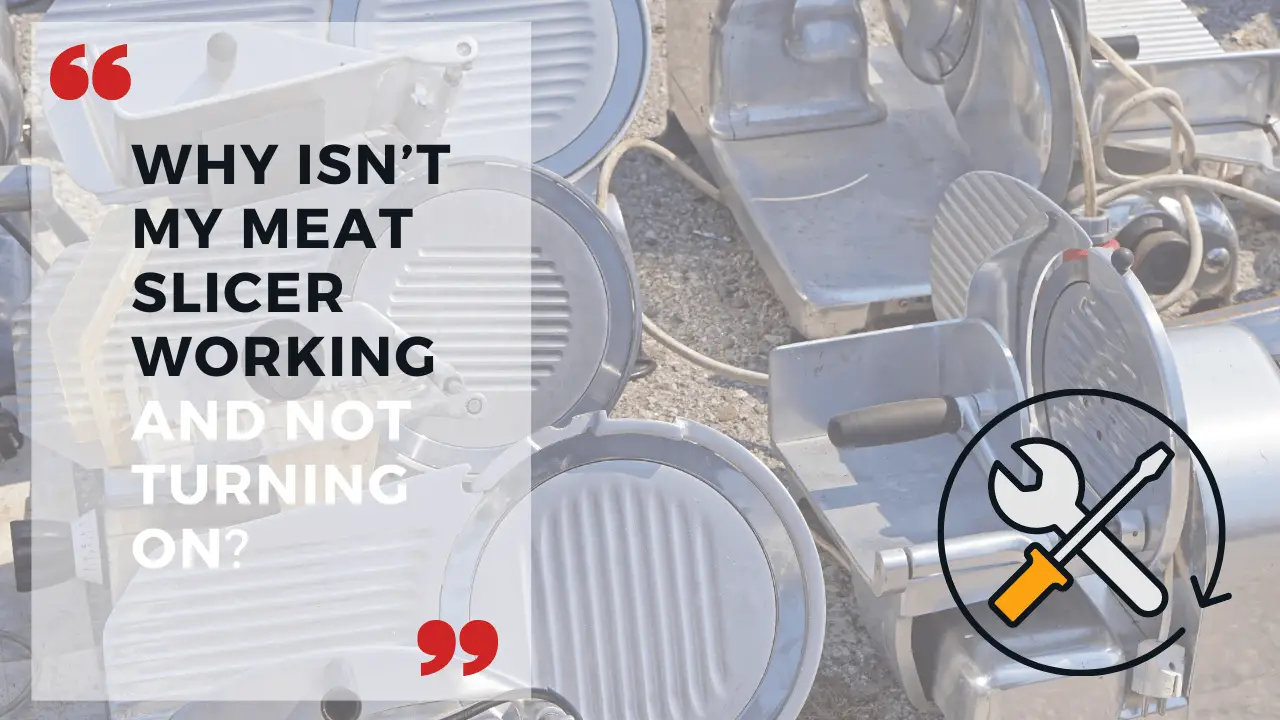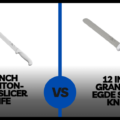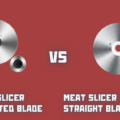Calibrating a meat thermometer is crucial to ensure accurate temperature readings and properly cooked food. The process involves adjusting the thermometer to match a known standard, usually the freezing point or boiling point of water. Regular calibration can improve your cooking by ensuring your meat is cooked to the correct temperature, enhancing its flavor and safety. The procedure varies slightly depending on the type of thermometer, but it’s typically straightforward and can be done quickly at home.
What Is Meat Thermometer Calibration?
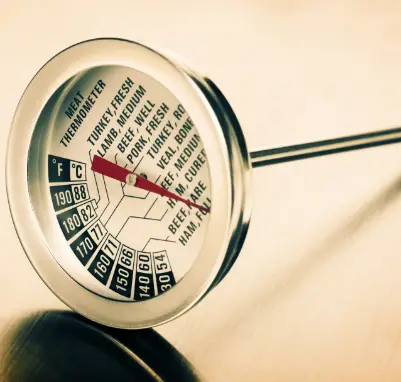
Meat thermometer calibration is the process of checking the accuracy of your thermometer by comparing its readings to a known temperature. Over time, thermometers can become inaccurate due to wear and tear or exposure to extreme temperatures. Calibration ensures that your thermometer gives accurate readings to cook your meat to the desired doneness without any guesswork.
Why Is Meat Thermometer Calibration Important?
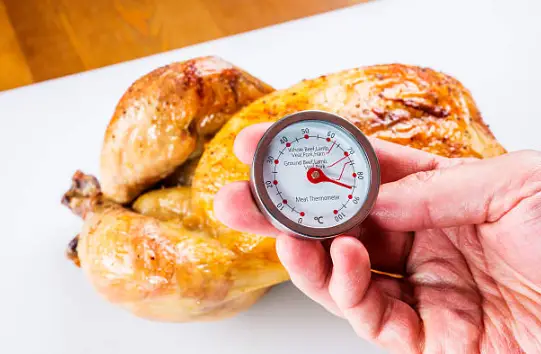
Calibrating your meat thermometer is important because an inaccurate thermometer can lead to overcooked or undercooked meat. Overcooked meat can be tough and dry, while undercooked meat can be dangerous as it may contain harmful bacteria. Calibrating your thermometer is a simple step that can make a big difference in the safety and quality of your food.
How To Prep The Steak?[/su_heading]
Preparing the steak before cooking is as important as using an accurate meat thermometer. Here are some tips for prepping your steak:
- Choose the right cut: Different cuts of steak have different levels of tenderness, flavor, and fat content. Some popular cuts include ribeye, sirloin, filet mignon, and flank steak. Choose a cut that suits your taste and cooking method.
- Season the steak: Generously with salt and pepper or your favorite seasonings before cooking. You can also marinate the steak for added flavor and tenderness.
- Let it come to room temperature: Remove the steak from the refrigerator at least 30 minutes before cooking to allow it to come to room temperature. This will help it cook more evenly and prevent it from being tough.
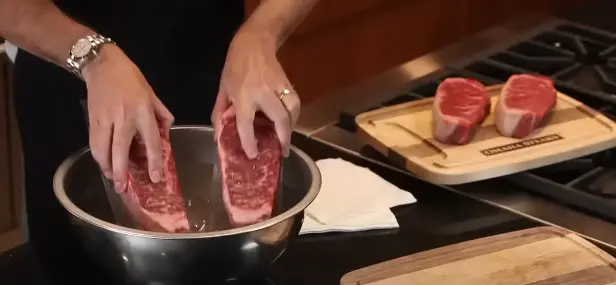
Let steak come to room temperature - Pat it dry: Before seasoning the steak, pat it dry with a paper towel to remove any excess moisture. This will help the seasonings adhere better and create a better sear.

Dry with a paper towel - Score the fat: If your steak has a thick layer of fat, score it lightly with a sharp knife to prevent it from curling up during cooking.
- Brush with oil: Before cooking, brush the steak lightly with oil to prevent it from sticking to the grill or pan. Use a high smoke points oil such as canola, vegetable, or avocado oil.
Things Needed For Calibration[/su_heading]
To calibrate a meat thermometer, you will need the following:
- Meat thermometer
- Ice
- Water
- Pot
- Stove
- Timer
How To Calibrate A Meat Thermometer?
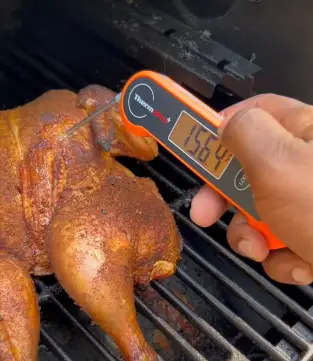
Step 1: Place the thermometer’s stem into a cup or bowl of crushed ice and water, ensuring that the bulb is completely submerged in the mixture.
Step 2: Let it sit for about a minute until it reaches a steady temperature reading. The mercury should stabilize at around 32 degrees Fahrenheit (0 Celsius), the freezing point of water.
Step 3: Once stable, adjust the calibration nut at the base of the thermometer until the temperature reading on the dial matches 32 degrees Fahrenheit (0 Celsius). This will ensure that your thermometer is properly calibrated.
Step 4: If you don’t have a bowl of crushed ice and water, use a pot of boiling water instead. Place the thermometer’s stem into boiling water and wait until it reaches 212 degrees Fahrenheit (100 Celsius).
Step 5: Once again, adjust the calibration nut at the base of the thermometer until the temperature reading matches 212 degrees Fahrenheit (100 Celsius). This will make sure that your thermometer is properly calibrated for boiling temperatures.
Step 6: Check the calibration accuracy by inserting the stem into a piece of cooked meat. If your thermometer works correctly, the temperature should read approximately 145 degrees Fahrenheit (63 Celsius). If not, recheck and adjust as needed.
You can get accurate temperature readings when cooking all types of meats by properly calibrating your meat thermometer. This will help ensure that your meals are cooked perfectly every time!
What To Do If Your Food Thermometer Is Wrong?
- Check the thermometer’s manual for any calibration settings or instructions. Many thermometers are pre-calibrated and may not need to be adjusted.
- If the manual does not specify a particular standard, you can use an external temperature source to calibrate your thermometer. Common reference points include boiling water (212°F/100°C) or ice water (32°F/0°C).
- Place the thermometer probe into the boiling or ice-cold water and wait a few minutes to allow the temperature to stabilize. Then, note the temperature reading on your thermometer and compare it to the expected value of 212°F/100°C for boiling water or 32°F/0°C for ice water.
- Adjust your thermometer according to the manufacturer’s instructions if the reading is off from the expected temperature. Make sure you are making small adjustments and be patient; some thermometers can take several minutes to stabilize after an adjustment.
- Monitor the temperature with your thermometer over a few hours of cooking to ensure accuracy. If it is still off, repeat steps 3–4 until accurate readings are achieved.
- After the meat thermometer has been calibrated, store it in a safe place and follow the manufacturer’s instructions for cleaning and maintenance. This will help extend your thermometer’s life and ensure accurate future readings.
FAQs
What is the ideal temperature for cooking beef?
It depends on the cut and doneness you prefer. Generally, medium-rare beef should be cooked to 135°F (57°C), while well-done beef should be cooked to 160°F (71°C).
Can I use a meat thermometer for other types of food?
Yes, you can use a meat thermometer to check the temperature of poultry, fish, and other types of meat.
How do I know if my meat thermometer needs to be replaced?
If your thermometer is damaged, corroded, or giving inconsistent readings, it may need to be replaced.
What is the best way to store a meat thermometer?
Store your meat thermometer in a dry and safe place, away from extreme temperatures or humidity. You can use a protective case or sleeve to prevent damage or contamination.
Can I calibrate my meat thermometer using other methods?Yes, there are other methods you can use to calibrate your thermometer, such as the freezing point method or the slush method. However, ice and boiling water methods are the most commonly used and recommended.
Conclusion
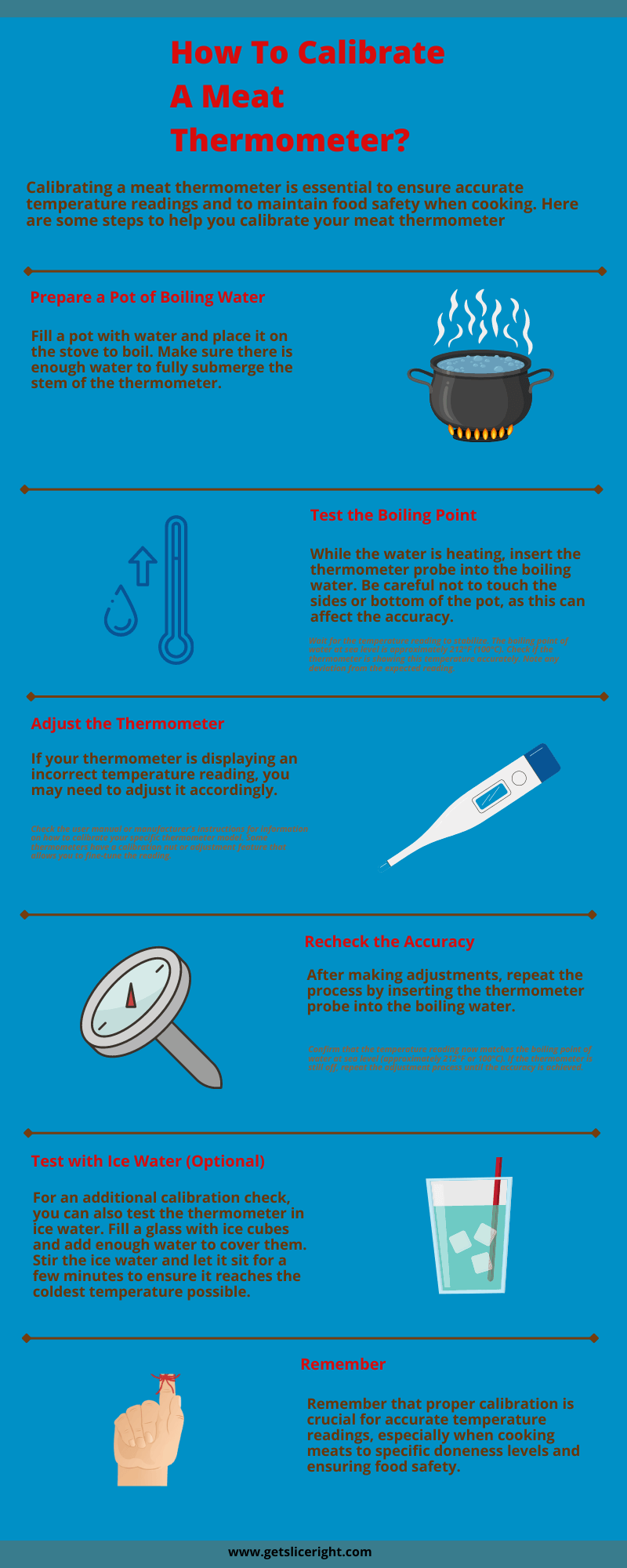
Calibrating your meat thermometer is an important step in ensuring that you can accurately monitor the temperature of your meats during cooking. With a correctly calibrated thermometer, you can guarantee that cooked food is safe and that your dishes will come out perfectly cooked each time. Following the simple steps, you can quickly and easily calibrate your thermometer for accurate readings. With a little effort, you can be sure that each time you cook, your meat is cooked to the exact temperature required for safety, optimal flavor, and texture.

Mario Batali is a renowned author, food enthusiast, and passionate chef who has dedicated his life to exploring the world of culinary arts. With a love for sharing his knowledge and experiences, Mario has become a prominent figure in the food blogging community, inspiring countless readers with his creativity and expertise.
In addition to his culinary prowess, Mario Batali is also a talented writer with a flair for engaging storytelling. He launched his own food blog to share his recipes, cooking tips, and personal experiences in the kitchen. Over time, Mario’s blog gained a loyal following of food enthusiasts who appreciate his unique approach to cooking and his dedication to using only the finest ingredients.
Mario Batali’s passion for food and his commitment to sharing his knowledge with others have made him a true inspiration in the world of culinary arts. Through his blog, cookbooks, and public appearances, Mario continues to spread his love of food and the joy of cooking with his ever-growing fanbase.

